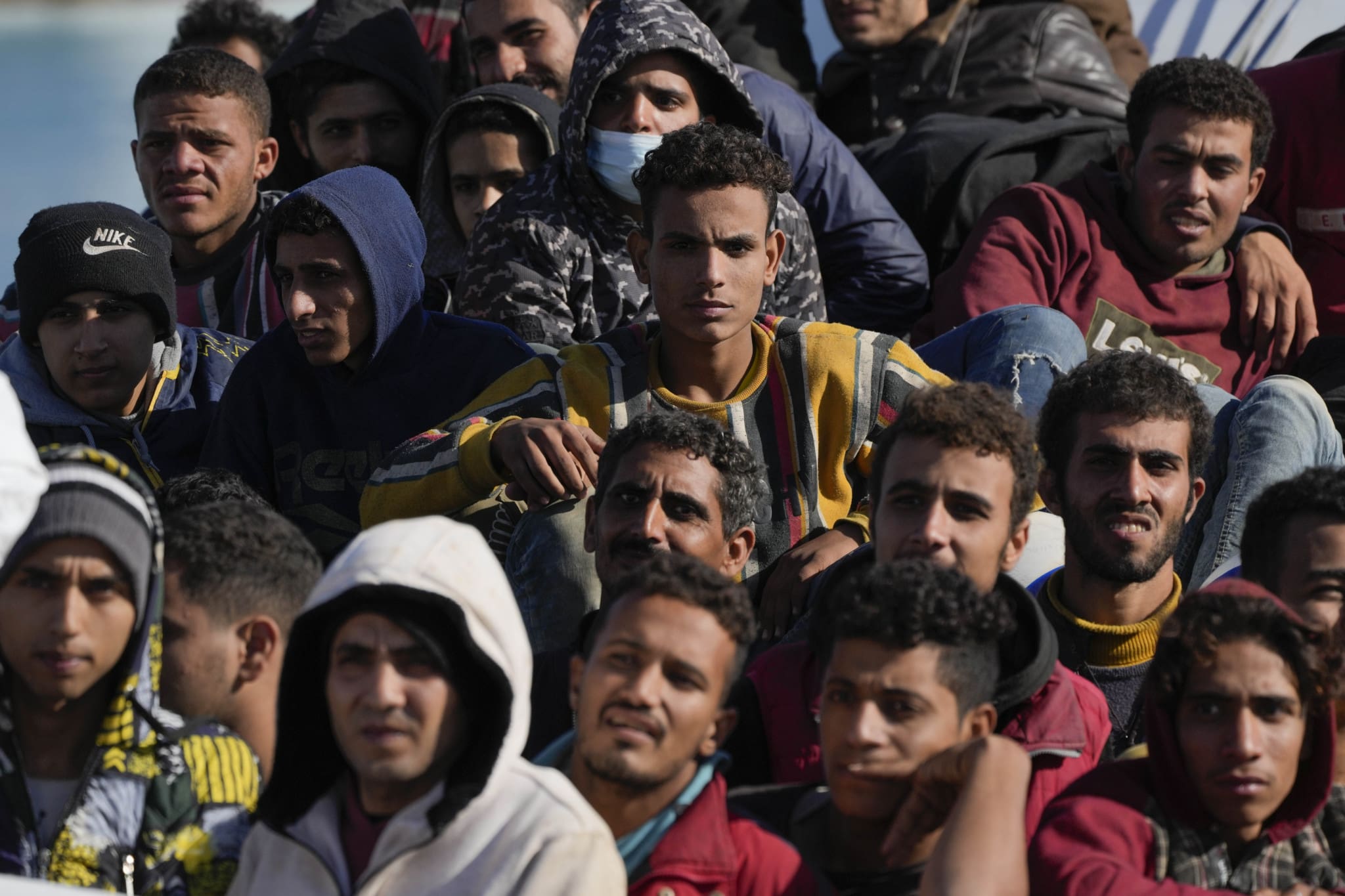The problem the European Union has with immigration is that it is the countries that defend their borders the least well and allow immigrants to enter and stay illegally that determine the immigration policy of the EU as a whole, because it is always through these countries that illegal immigrants will enter Europe
Unfortunately, while Poland and the Baltic States are building fences and defending their part of the EU’s external border at great cost, as Hungary did in 2015, Italy is taking a different path, with Mario Draghi’s government allowing migrants to freely cross Europe’s southern borders.
So, even if the Poles and the Balts manage to discourage migrants from Africa and the Middle East from coming to the EU through their territory or if those migrants are discouraged from trying their luck through the territory of Greece, which has also converted to the Hungarian method, they will still be able to come through Draghi’s Italy or Sánchez’s Spain.
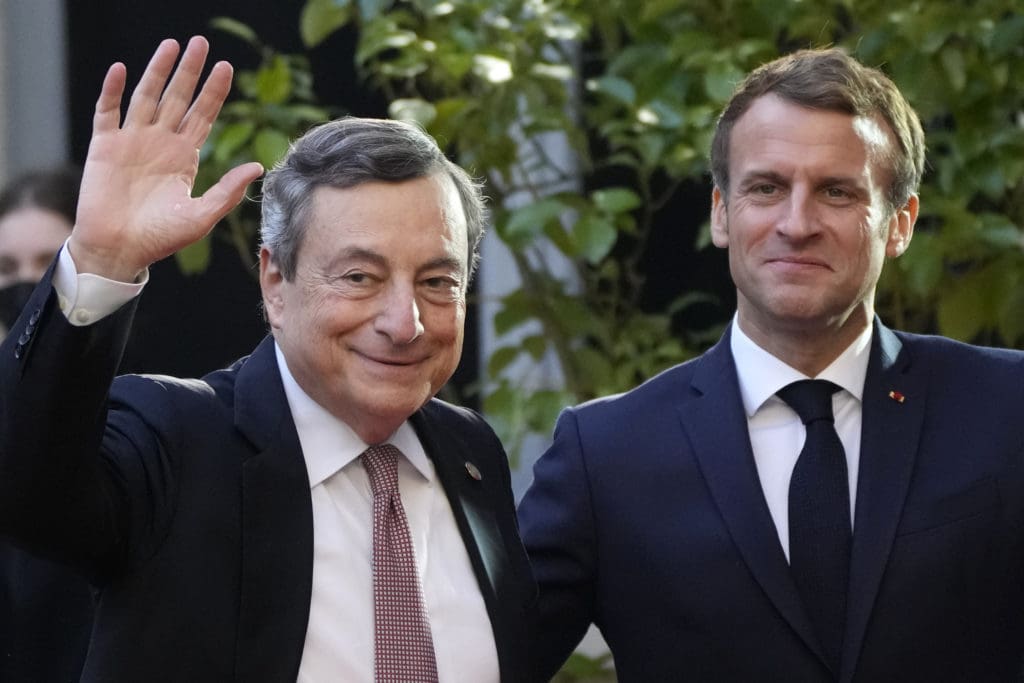
European media reported extensively on Monday, Nov. 8, about the arrival at the Belarusian-Polish border near the Kuźnica border crossing of some 1,000 Middle Eastern migrants whose advance to the west has been efficiently stopped by Polish border guards supported by police and army reinforcements.
On the other hand, the media said very little about the green light given by Italy to disembark 843 migrants brought from Libyan shores by the German NGO Sea-Eye in the Sicilian port of Trapani on Sunday, Nov. 7. On Thursday, Nov. 11, it was the French NGO SOS Méditerranée’s ship Ocean Viking that discreetly disembarked its 306 migrants in the port of Augusta, also in Sicily. Between the two NGO ships, on Nov. 9, 396 migrants arrived from Tunisia on a fishing boat at the Sicilian port of Pozzallo.
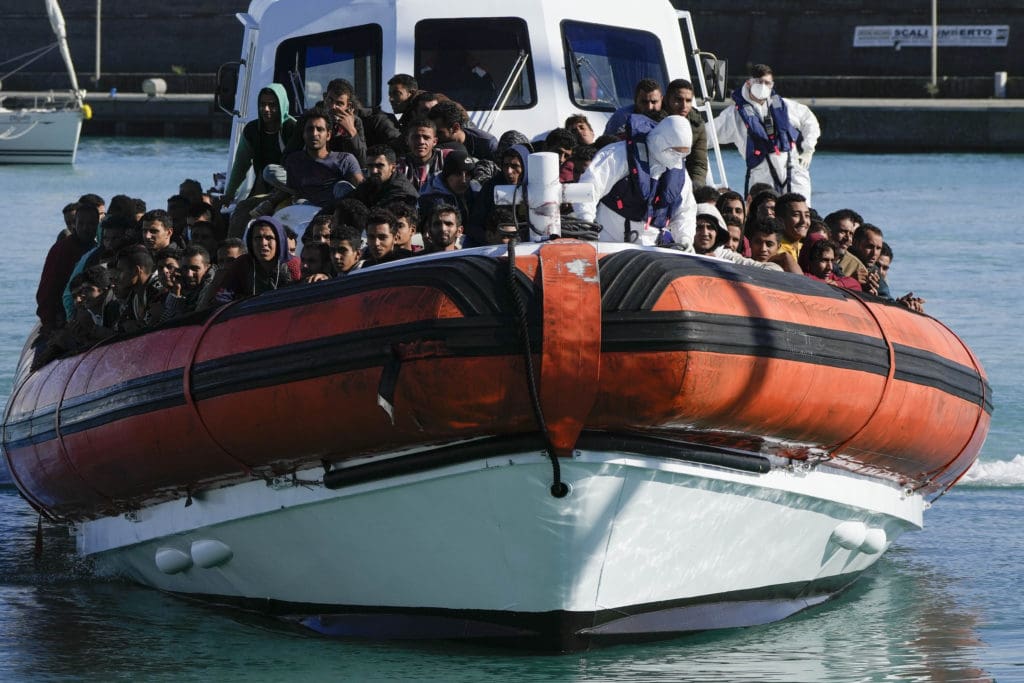
Matteo Salvini’s protests have had no effect on Draghi’s quasi-national union government, although the League is part of it. In Italy, migration policy is now in the hands of former ECB’s chairman Mario Draghi, left-wing Interior Minister Luciana Lamorgese, who was already the interior minister under the previous government formed by the two left-wing parties Democratic Party and 5-Star Movement, and left-wing Foreign Minister Luigi di Maio, who was until recently the head of the pro-immigration (at least in deeds, if not always in words) 5-Star Movement.
With Draghi’s government at the helm, Salvini’s policy of closed ports is well and truly over. Italian ports are now wide open to illegal immigration and would-be illegal immigrants know it.
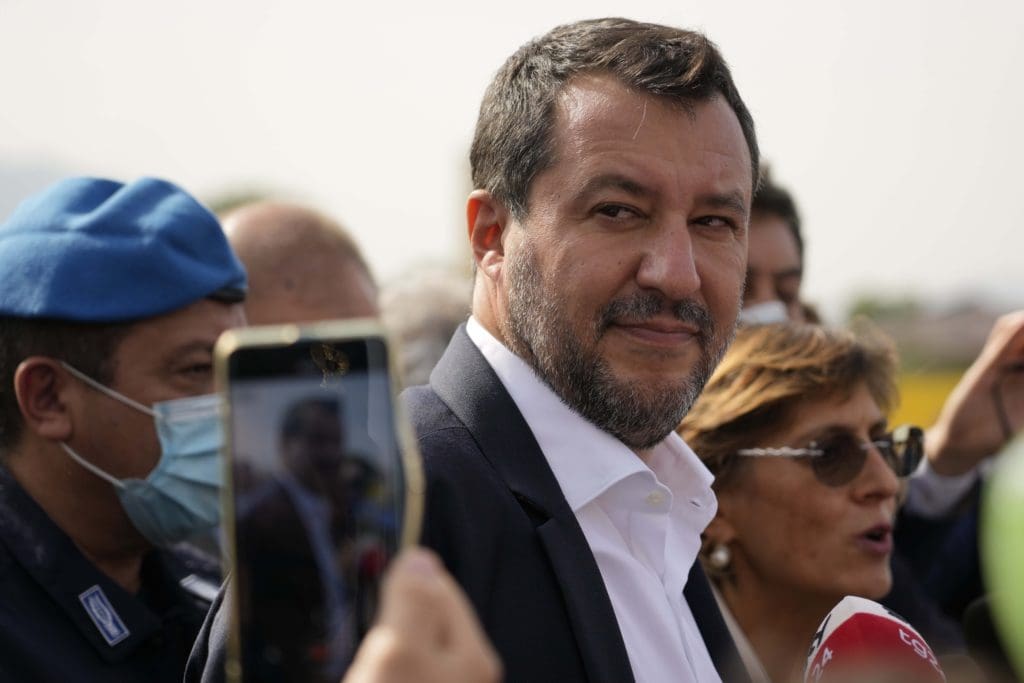
As a result, more than 56,000 migrants have already arrived in the EU through Italy this year, compared to 34,154 for the whole of 2020, and 11,471 in 2019, including only 2,476 from January to August 2019, when Salvini was still interior minister and deputy prime minister in the first Conte government formed by the League and the 5-Star Movement.
And it’s not just Italy that is ruining the efforts by countries of the EU’s eastern flank, from Latvia to Greece through Poland and Hungary. The leniency of the pro-migrant socialist-communist government of Pedro Sánchez in Spain has had the same effect on immigration into the EU: almost 44,000 illegal immigrants have already made their way into the EU through Spain this year compared with 18,838 for the whole year 2020 (the year of the Covid lockdowns) and 29,762 in 2019.
By comparison, in Greece, the right-wing government of Kyriakos Mitsotakis that adopted the Hungarian method in the face of the migration assault organized by Recep Erdoğan’s Turkey in the spring of 2020 (an assault that Lukashenko is now replicating against Poland, Lithuania, and Latvia), there have been only a little over 6,800 illegal arrivals since January 2021 compared with 14,785 for the whole of 2020 and 71,386 in 2019. Yet, as in Italy and Spain, a significant proportion of migrants seeking to enter the EU through Greece arrive by sea.
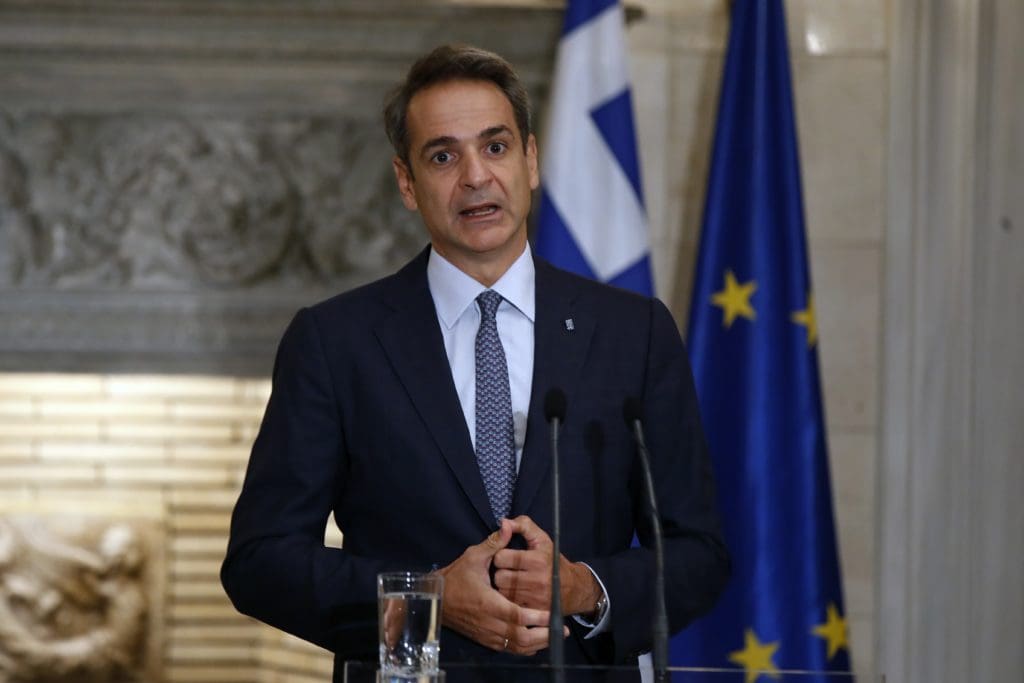
While he refuses to protect his part of the EU border as Matteo Salvini did when he was interior minister and deputy prime minister, Italian Prime Minister Mario Draghi remains in favor of relocating immigrants arriving in Italy to other EU countries, and he opposes the EU giving money to finance the Polish and Baltic border fences. According to the Italian prime minister, it is necessary, in his own words, to “turn migrants into brothers,” because “if we do not succeed in welcoming them we will make enemies of them.”
At the European Council, Draghi said he was “opposed to walls” and refused to allow the EU to finance the protections currently being put in place on the EU’s eastern border. Commenting on the situation at the Belarus-Poland border, Italian leftist President Sergio Matarella said earlier this week that “what is happening at the EU’s borders is disconcerting” and that “there is a discrepancy with the principles proclaimed [by the EU]. The gap between the great principles proclaimed and the failure to take account of the hunger and cold to which human beings are being exposed at the Union’s borders is surprising.”
Yet, it is Italy’s open port policy that kills the most, encouraging more and more migrants to attempt the crossing. One only has to look at the IOM figures for the number of deaths in the central Mediterranean. Salvini’s policy had led to a reduction in the number of deaths on this route from 2,853 in 2017 to 1,314 in 2018, the first year of the League and 5-Star Movement government, and then to 1,262 in 2019 when the League was replaced in September by the left-wing Democratic Party alongside the 5-Star Movement in the second Conte government.
In 2021, on the other hand, this tragic figure was already 1,221 as of Nov. 11, so there will certainly be more deaths in the central Mediterranean this year with Draghi’s Mattarella-backed open port policy than with Salvini’s closed port policy that was in force from June 2020 to August 2019.
And this is without mentioning the terrorist risk generated by the Italian open port policy, the perfect illustration of which was the horrendous October 2020 attack in the Nice cathedral by a Tunisian radical Muslim who had landed a little over a month earlier on the Italian island of Lampedusa.
Thanks to the Poles and Balts standing firm, even after some cases of migrants having frozen to death in the forest between Belarus and Poland, a growing number of Middle Eastern airlines are now suspending the transport of migrants to Belarus, and Iraq has even started this week the evacuation of its nationals stranded in that rogue country.
In the central Mediterranean, however, NGOs continue their free shuttle service for illegal immigrants between Libya and Italy, and they do so with ever-larger boats, causing more and more deaths by drowning among the migrants and further destabilizing Western European societies.


